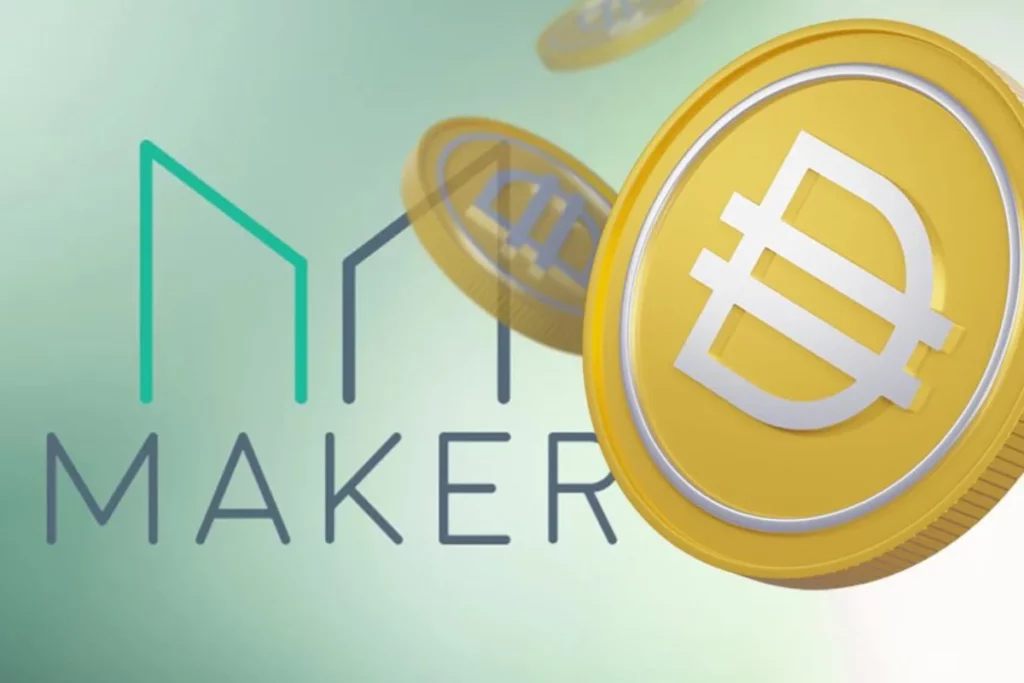Decentralized stablecoins, such as Dai (DAI), are poised to revolutionize the stablecoin market, according to Rune Christensen, the co-founder of MakerDAO.
In a recent interview at Token 2049 in Singapore, Christensen shared his insights on the significance of decentralized stablecoins within the broader cryptocurrency ecosystem.
During the conference, Nic Carter, a partner at Castle Island Ventures, made a bold prediction, suggesting that interest-bearing stablecoins could capture a substantial 30% market share within just two years.
Christensen concurred with this forecast, albeit with a caveat—its realization could be heavily influenced by macroeconomic conditions. Factors like high inflation and interest rates could further boost the dominance of stablecoins.
Christensen’s confidence in decentralized stablecoins’ potential to compete with their centralized counterparts was unwavering.
Read More: FTX Granted Permission to Sell $3.4B in Crypto Assets
He even went a step further, suggesting that if the cryptocurrency space realizes its full potential, decentralized stablecoins could emerge as the dominant force, while centralized stablecoins would continue to serve as bridges to the traditional financial system.
One key advantage of decentralized stablecoins, as highlighted by Christensen, is their ability to gamify savings. Projects like MakerDAO have integrated real-world data to create engaging and interactive experiences for users.
This gamification aspect not only attracts users but also encourages them to participate actively in the ecosystem.
In 2022, Christensen unveiled MakerDAO’s “Endgame Plan.” This visionary strategy outlined the transition of Dai from a dollar-pegged stablecoin to a free-floating asset.
Initially collateralized by real-world assets (RWA), the plan aimed to gradually shift Dai away from its dollar peg, with a primary focus on accumulating Ether (ETH) as decentralized collateral.
This move signalled MakerDAO’s commitment to greater decentralization and adaptability in the evolving crypto landscape.
While acknowledging MakerDAO’s strong foundation, Christensen expressed concerns about the proliferation of fraudulent and illegitimate crypto projects.
To counter this, he proposed making the protocol more appealing to younger users by incorporating gamification elements. Designing interfaces reminiscent of popular games could attract a new generation of users and enhance the overall appeal of the protocol.


